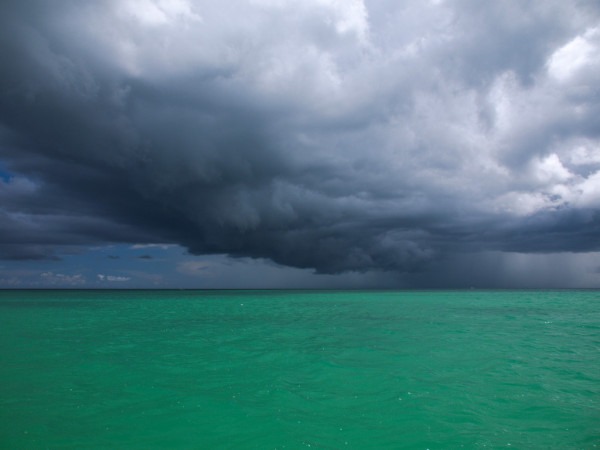Item Link: Access the Resource
File: Download
Date of Publication: September 25, 2014
Year of Publication: 2014
Publisher: Macmillan Publishers Limited
Author(s): A. Licht, M. van Cappelle, H.A. Abels, J.-B. Ladant, J. Trabucho-Alexandre, C. France-Lanord, Y. Donnadieu, J. Vandenberghe, T. Rigaudier, C. Lecuyer, D. Terry Jr., R. Adriaens, A. Boura, Z. Guo, Aung Naing Soe, J. Quade, G. Dupont-Niver, J.-J. Jaeger
Journal: Nature
Volume: 513
Pages: 501-506
ABSTRACT: The strong present-day Asian monsoons are thought to have originated between 25 and 22 million years (Myr) ago, driven by Tibetan–Himalayan uplift. However, the existence of older Asian monsoons and their response to enhanced greenhouse conditions such as thosein the Eocene period (55–34Myr ago) are unknown because of the paucity of well-dated records. Here we show late Eocene climate records revealing marked monsoon-like patterns in rainfall and wind south and north of the Tibetan–Himalayan orogen. This is indicated by low oxygen isotope values with strong seasonality in gastropod shells and mammal teeth from Myanmar, and by aeolian dust deposition in northwest China. Our climate simulations support modern-like Eocene monsoonal rainfall and show that a reinforced hydrological cycle responding to enhanced greenhouse conditions counterbalanced the negative effect of lower Tibetan relief on precipitation. These strong monsoons later weakened with the global shift to icehouse conditions 34 Myr ago.
Photo: Incoming by Šarūnas Burdulis | GiW | CC BY 2.0 Wikimedia
The views and opinions expressed through the MAHB Website are those of the contributing authors and do not necessarily reflect an official position of the MAHB. The MAHB aims to share a range of perspectives and welcomes the discussions that they prompt.
